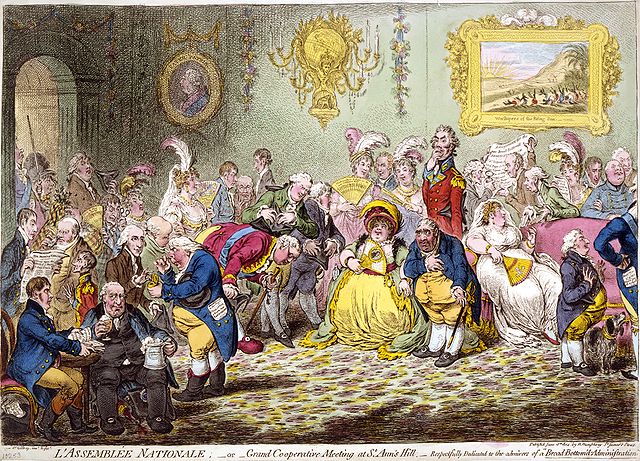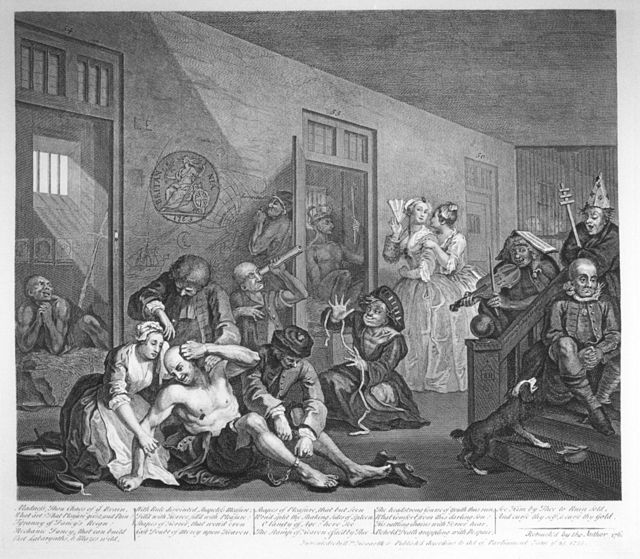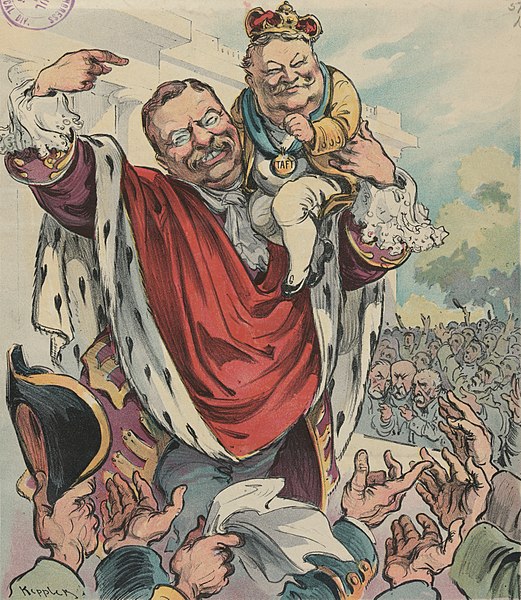James Gillray was a British caricaturist and printmaker famous for his etched political and social satires, mainly published between 1792 and 1810. Many of his works are held at the National Portrait Gallery in London.
Charles Turner, James Gillray, 1819, mezzotint after Gillray's self-portrait, National Portrait Gallery, London
Very Slippy-Weather (1808)
L'Assemblée Nationale (1804) was called "the most talented caricature that has ever appeared", partly due to its "admirable likenesses". The Prince of Wales paid a large sum of money to have it suppressed and its plate destroyed.
The Reception of the Diplomatique (Macartney) and his Suite, at the Court of Pekin, published September 1792.
A political cartoon, also known as an editorial cartoon, is a cartoon graphic with caricatures of public figures, expressing the artist's opinion. An artist who writes and draws such images is known as an editorial cartoonist. They typically combine artistic skill, hyperbole and satire in order to either question authority or draw attention to corruption, political violence and other social ills.
Cecil Rhodes, as The Rhodes Colossus, wishes for a railway stretching across Africa from the Cape of Good Hope to Egypt.
A Rake's Progress, Plate 8, 1735, and retouched by William Hogarth in 1763 by adding the Britannia emblem.
James Gillray's The Plumb-pudding in Danger (1805). The world being carved up into spheres of influence between Pitt and Napoleon. According to Martin Rowson, it is "probably the most famous political cartoon of all time—it has been stolen over and over and over again by cartoonists ever since."
U.S. President Theodore Roosevelt introduces Taft as his crown prince: Puck magazine cover, 1906.








